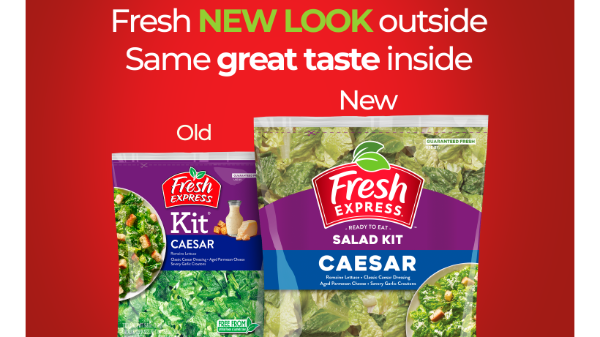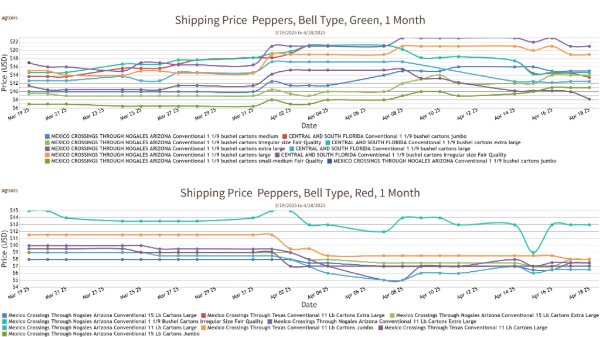Welcome to Blue Book!
Are you ready to join the thousands of companies who rely on Blue Book to drive smarter decisions? View our plans and get started today!
Still have questions? We’d love to show you what Blue Book can do for you. Drop us a line– we’ve been waiting for you.

The good news is that subscription costs are not beyond the reach of smaller companies. “Each provider offers a plethora of different rates and services,” Fennell notes. “If your needs are very limited, it should not cost you very much. The data pools offer reasonable cost structures for companies that don’t need every GDSN bell and whistle.”
Experts agree the most important and challenging step in GDSN preparation is capturing and cleaning the product attribute data. For fruits and vegetables, the GS1 system identifies 50 industry core attributes, two industry commodity attributes, and 20 market-focused attributes. The GTIN is linked to these detailed product attributes.
Gupta notes that many suppliers are not ready for implementation because they have incomplete master data. “They need to work on this,” he says. “Make sure the data being provided is clean and accurate.”
Fennell echoes the data challenge: “Getting through all the classifications for each product is a major hurdle. We’re trying to get as much information in the system as possible to make sure we’re compliant with everything that is needed by the Walmarts of the world.”
Understanding the needs of retailers is vital, according to Richard. “Talk to your retailers to understand their data requirements. Make sure you have good data to exchange in the network.” He further suggests creating a central data repository to facilitate access.
Cross-Chain Benefits
Although GDSN implementation is neither quick nor easy, the effort is warranted. Complete and precise data facilitates transaction accuracy, supply chain efficiency, and cost savings. These benefits accrue to both the supply-side data sender and the demand-side data receiver.
First and foremost, GDSN ensures both parties are working with quality data that is reliable, current, and easy to use. The data is properly defined and formatted to GS1 standards, making it identical across trading partners. Updates are made in real time and data sharing is automated. These capabilities facilitate error-free order transmittal, timely advance shipping notification, and faster electronic invoicing.
“Retailers operate off your actual product data versus their interpretation of your data,” Richard highlights. “They’re basing orders and downstream decisions on the information that you synchronized in the Network.”
From a supply chain standpoint, uninterrupted access to the most current data can help avoid errors and waste. Consistent product data supports fast and accurate order fulfillment. In turn, costly returns and emergency orders of replacement product are greatly reduced. Correct packing information and case measurements also promote better asset utilization.
“If we change our pack type and update it, customers subscribing to our data pool see these changes instantaneously,” says Fennell. “They can adjust space allocation for the products in trucks and warehouse locations.”








